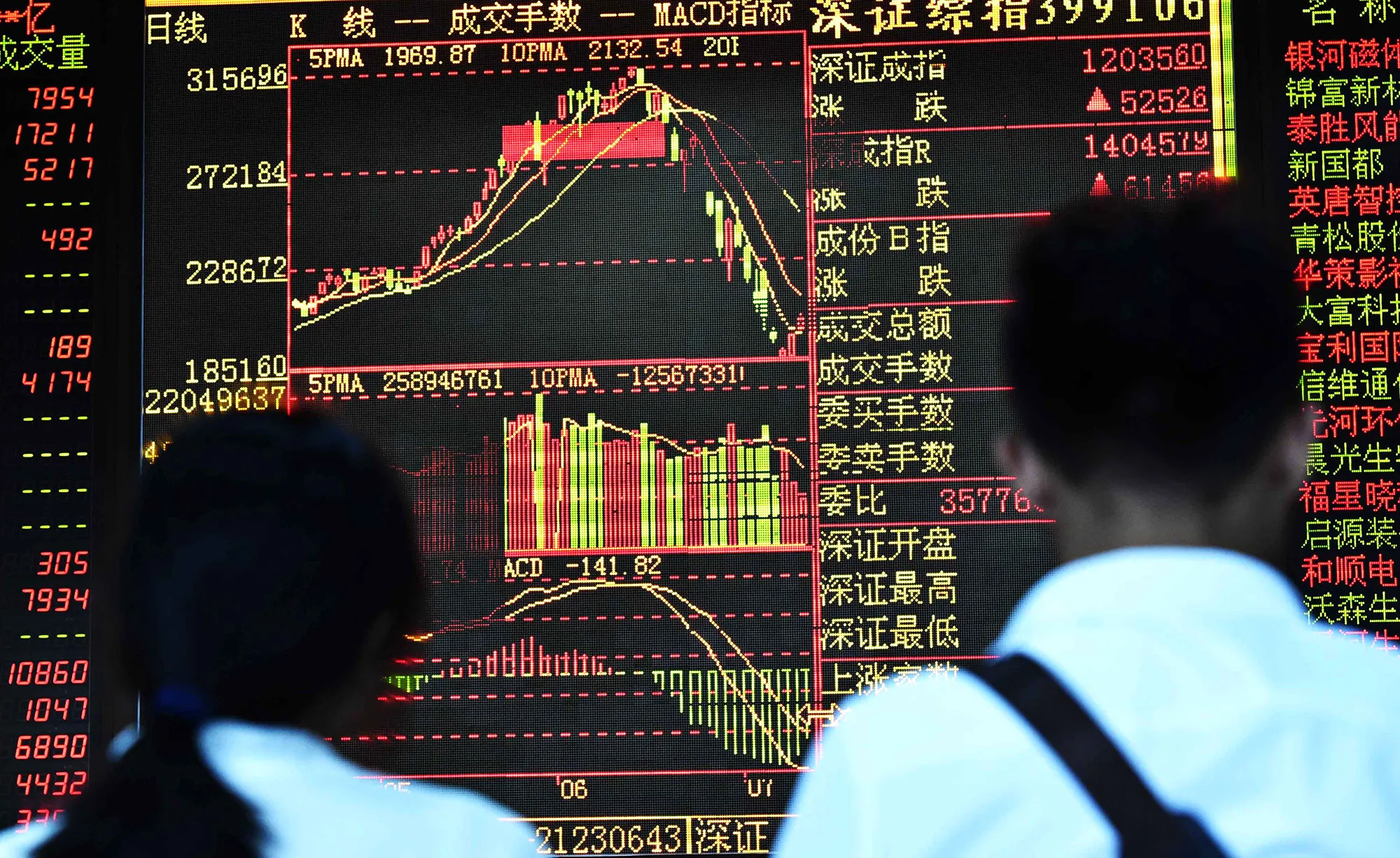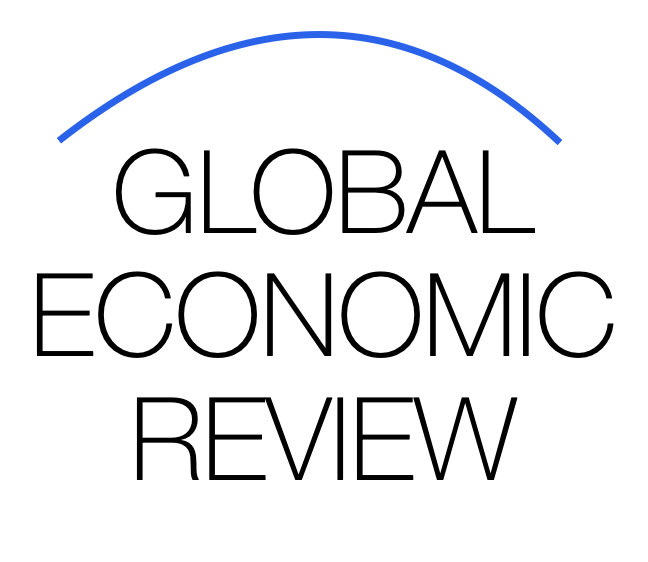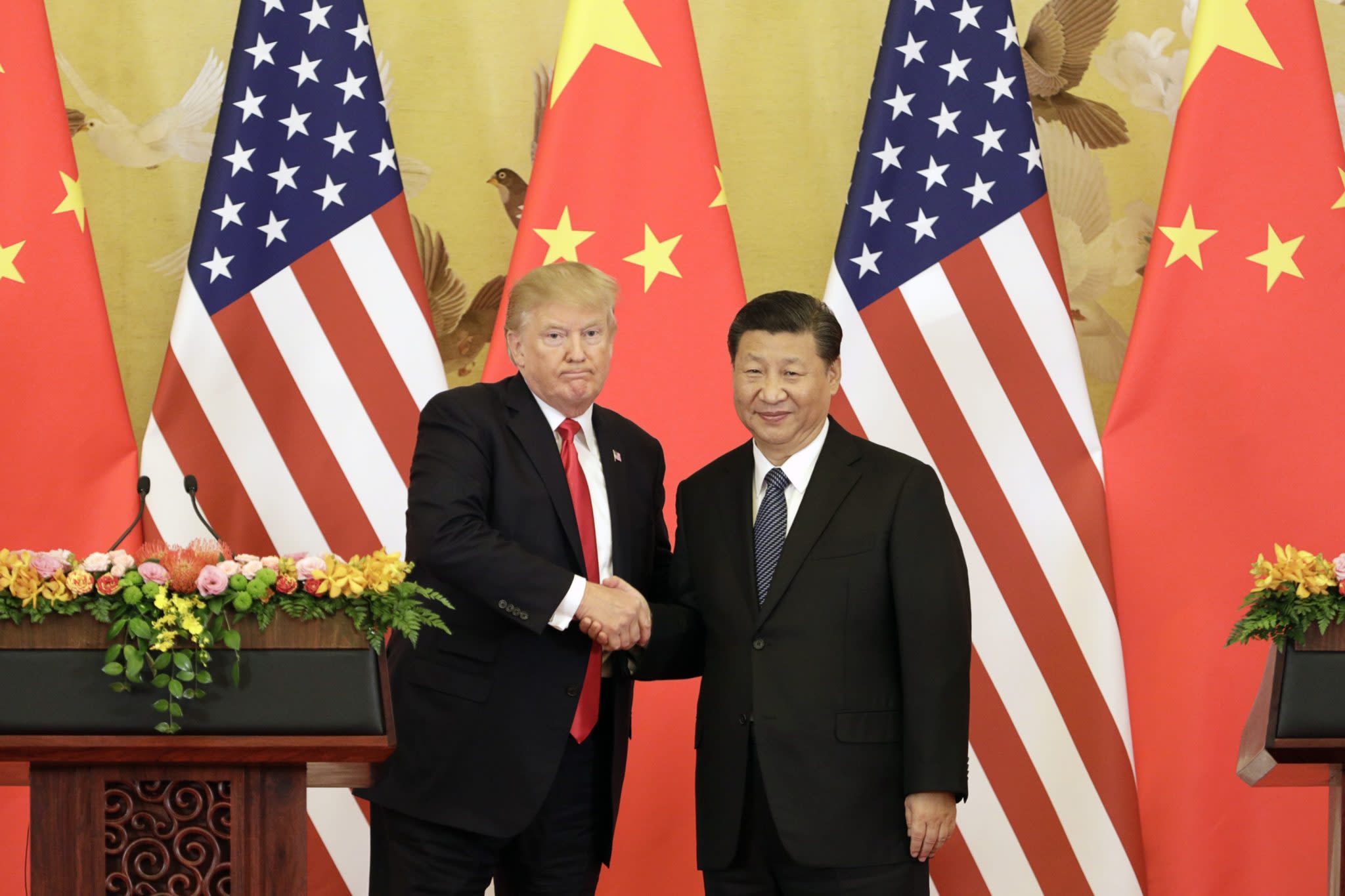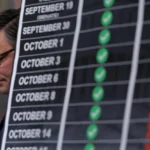$1 Trillion Market Surge in China Draws Scrutiny From Funds and Authorities

China’s stock markets have experienced a staggering rally, adding more than $1 trillion in market capitalization in recent months, but the rapid gains are now prompting regulators, brokers, and fund managers to intervene. Authorities and financial institutions are expressing growing concern over speculative behavior, market overheating, and risks to retail investors.
The Surge: What’s Driving China’s Stock Market Rally
Several factors have contributed to the meteoric rise of China’s equities:
- Economic Stimulus: Beijing has rolled out policies to support domestic growth, including tax cuts, infrastructure spending, and monetary easing.
- Investor Optimism: After a series of regulatory clampdowns in sectors like tech and education, investors are increasingly betting on a rebound.
- Liquidity Boost: Low interest rates and ample liquidity have fueled demand for equities, particularly in mainland A-shares.
- Sector-Specific Gains: Technology, consumer, and electric vehicle stocks have been major drivers of the rally, attracting both domestic and international capital.
Regulatory Concerns: Preventing a Bubble
While the rally has created significant wealth, regulators are warning of potential instability and speculative excess. Chinese brokerage firms and asset management companies have already begun taking measures to temper investor enthusiasm:
- Limiting margin lending: Brokerages are tightening credit for investors trading on leverage.
- Adjusting exposure in mutual funds: Asset managers are reducing holdings in overextended sectors to mitigate risks.
- Investor warnings: Regulators are urging retail investors to exercise caution, highlighting the risks of volatility in an overheated market.
The China Securities Regulatory Commission (CSRC) has also been closely monitoring trading volumes and price swings, signaling that further interventions may be imminent if speculative behavior continues.
Investor Risks: Volatility and Market Psychology
Experts caution that the surge, while impressive, carries significant downside risk:
- Rapid corrections: Sharp gains could be followed by steep declines, particularly if investor sentiment shifts.
- Herd behavior: Retail investors, often driven by FOMO (fear of missing out), may overcommit to hot sectors.
- Liquidity mismatches: Leveraged positions increase systemic risk if prices fall suddenly.
“The market is running hot, and interventions are necessary to prevent a disorderly correction,” said Li Wei, a Beijing-based investment strategist. “Investors should be prepared for heightened volatility.”
Impacts on Brokers and Funds
Chinese brokerage firms are directly impacted by the surge. While higher trading volumes generate commissions, the risk of defaults on leveraged trades has prompted stricter credit controls. Mutual funds and other institutional investors are also reassessing portfolios, shifting allocations to manage downside exposure and regulatory scrutiny.
This cautious approach reflects a broader shift in China’s financial oversight, which seeks to balance market growth with stability and protect less sophisticated investors.
Global Implications
China’s $1 trillion market surge does not occur in isolation. International investors, who have increasingly allocated capital to Chinese equities, are watching closely:
- Foreign fund inflows: Rising valuations may attract short-term capital but increase vulnerability to sudden outflows.
- Emerging-market contagion: A correction in China could ripple through global markets, particularly in Asia.
- Policy signaling: Regulatory interventions offer clues about Beijing’s tolerance for risk and its approach to market management.
Analysts suggest that investors should view China’s rally as cautiously optimistic, emphasizing long-term fundamentals over short-term momentum.
Looking Ahead: Managing the Rally
The next phase of China’s stock market will likely hinge on regulatory guidance, investor sentiment, and macroeconomic performance. Authorities have several tools at their disposal, including:
- Tightening leverage and trading rules
- Encouraging risk disclosure by brokers and fund managers
- Intervening directly in extreme price swings
For investors, the combination of rapid gains and regulatory curbs creates a highly dynamic and potentially volatile environment, where informed decision-making and risk management are paramount.
Conclusion: A Balancing Act for China’s Markets
China’s $1 trillion stock rally represents both a triumph of market optimism and a challenge for regulators seeking to maintain stability. While the gains reflect confidence in the country’s economic recovery and key sectors, unchecked speculation could threaten investor protection and financial stability.
As brokers and funds respond with curbs and caution, the situation underscores the delicate balance Beijing faces: promoting growth while preventing a market bubble. For global and domestic investors alike, the message is clear—enthusiasm must be tempered with prudence.

















